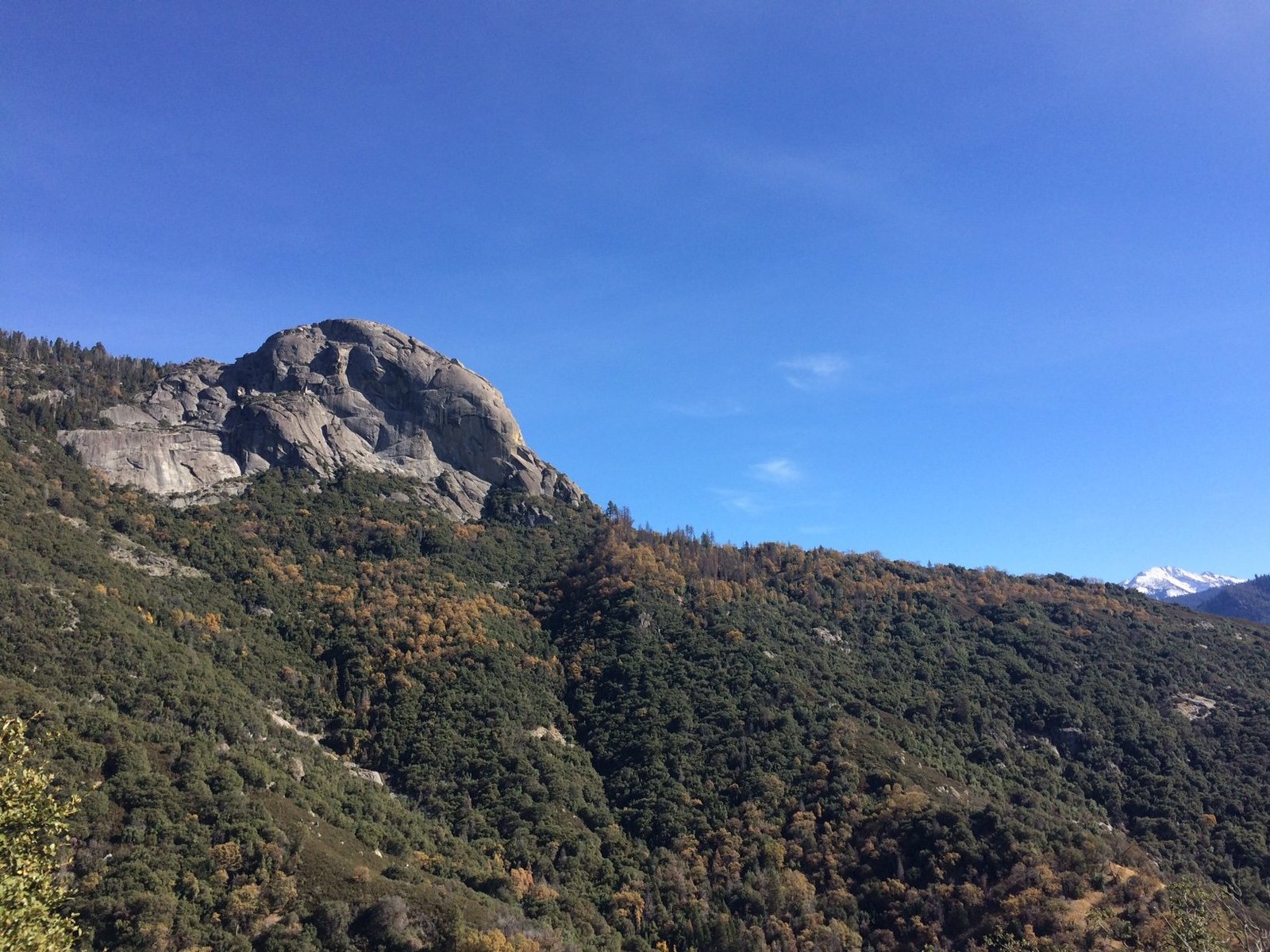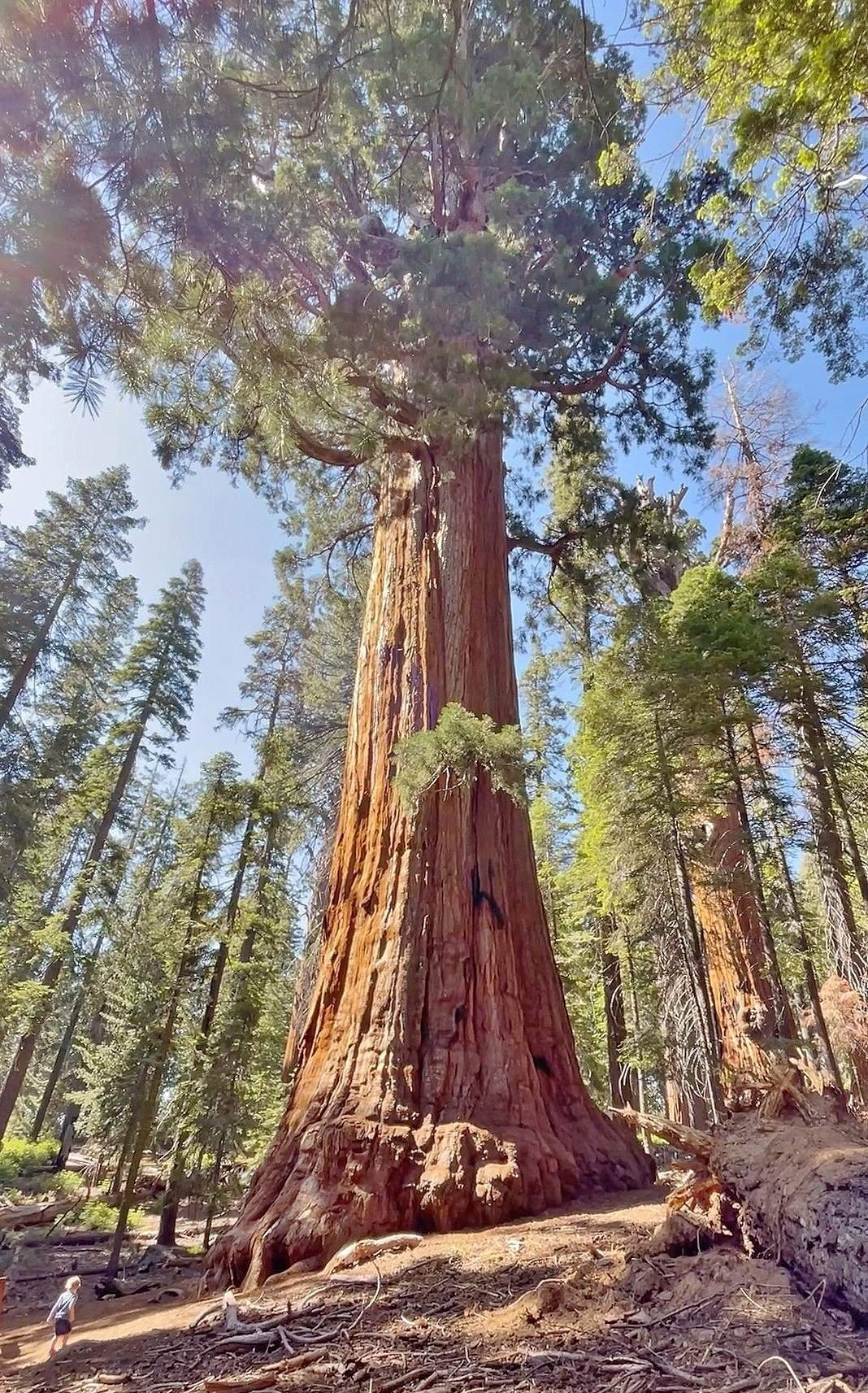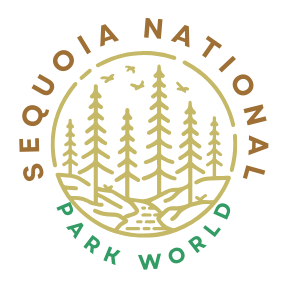Visitors to Sequoia National Park can bring food, but must adhere to strict regulations to ensure safety and prevent wildlife interactions, especially with bears. The park allows food but requires proper storage in designated containers or lockers. Visitors must be vigilant about food management, including storage, consumption, and disposal, to maintain the park’s ecosystem and wildlife safety.
What Are the Food Regulations in Sequoia National Park?

Sequoia National Park has specific food regulations to protect both visitors and wildlife:
- Allowed Foods: You can bring most types of food into the park.
- Prohibited Items:
- Strongly scented foods that may attract bears
- Loose food items not properly stored
- Storage Requirements:
- All food must be stored in bear-proof containers or lockers when not in use
- Food should never be left unattended, even for a short time
- Disposal: Proper disposal of food waste is mandatory to prevent wildlife attraction
Where Can I Eat My Food in the Park?

Sequoia National Park offers several options for enjoying your food:
- Designated Picnic Areas:
- Equipped with tables and sometimes grills
- Often have bear-proof storage lockers
- Campgrounds:
- Provide bear boxes for food storage
- Allow cooking at campsites with proper precautions
- Wilderness Areas:
- Require use of bear canisters for food storage
- Specific regulations apply for backcountry camping
Remember to always clean up thoroughly after eating and store all food items properly.
How Should I Store My Food in Sequoia National Park?
Proper food storage is crucial in Sequoia National Park:
- Bear Canisters:
- Required for backcountry camping
- Must be placed at least 50 feet from your campsite
- Should not be hung from trees
- Bear Lockers:
- Available at most campgrounds and picnic areas
- Use for all food, coolers, and scented items
- Vehicles:
- If bear lockers are unavailable, store food in car trunks
- Ensure windows are closed and doors locked
- Campsite Storage:
- Never store food in tents
- Keep all scented items (including toiletries) in proper storage
| Storage Method | When to Use | Key Points |
|---|---|---|
| Bear Canisters | Backcountry | 50 feet from camp, on ground |
| Bear Lockers | Campgrounds | Use for all food and scents |
| Vehicles | Last resort | In trunk, windows closed |
What Types of Food Are Best to Bring to Sequoia National Park?
When planning your meals for Sequoia National Park, consider:
- Non-perishable Items:
- Dried foods, canned goods, energy bars
- Require less refrigeration and produce less waste
- Low-odor Foods:
- Reduce attraction for wildlife
- Examples: nuts, crackers, dried fruits
- Compact Packaging:
- Easier to store in bear canisters or lockers
- Reduces waste and makes transportation simpler
- Pre-prepared Meals:
- Minimize cooking time and odors
- Easier to clean up and store leftovers
How Much Food Can I Bring to Sequoia National Park?
While there’s no strict limit on food quantity, consider:
- Storage Capacity:
- Bring only what fits in your bear canister or locker
- Account for all meals and snacks for your stay
- Trip Duration:
- Plan meals based on the length of your visit
- Include extra food for emergencies
- Group Size:
- Coordinate with your group to avoid overpacking
- Share communal items to save space
- Activity Level:
- High-energy activities may require more food
- Balance nutrition and calorie needs
What Are the Consequences of Improper Food Management in the Park?
Failing to follow food regulations can lead to:
- Wildlife Encounters:
- Increased risk of bear and other animal interactions
- Potential danger to both humans and animals
- Fines:
- Park rangers may issue citations for improper food storage
- Penalties can be significant
- Campsite Closures:
- Areas with frequent wildlife issues may be restricted
- Can impact your camping plans
- Ecological Impact:
- Wildlife becoming dependent on human food
- Disruption of natural feeding habits and behaviors
How Can I Prepare My Food Before Entering Sequoia National Park?
To ensure compliance with park regulations:
- Repackaging:
- Transfer food to odor-proof containers
- Use resealable bags to minimize space
- Meal Planning:
- Pre-measure ingredients for each meal
- Reduce excess food and packaging
- Scent Reduction:
- Choose low-odor food options when possible
- Double-bag strongly scented items
- Organization:
- Group meals together for easy access
- Label containers for quick identification
By following these guidelines, you can enjoy your food in Sequoia National Park while maintaining safety and preserving the natural environment. Remember, proper food management is essential for a positive experience and the protection of the park’s wildlife.
References:
1. Sequoia National Forest – Food Storage
2. NPS – Wilderness Food Storage
3. NPS – Bears and Food Storage
